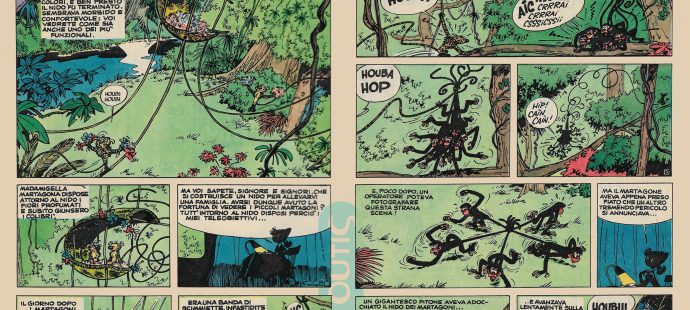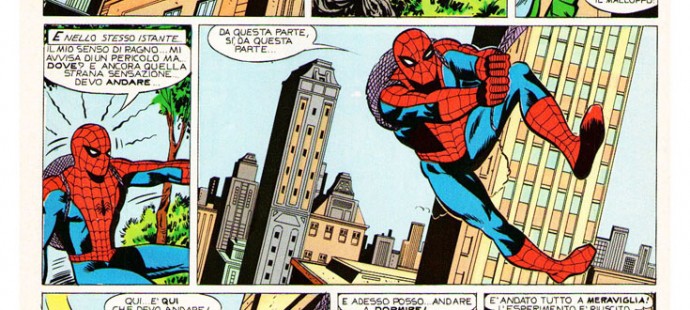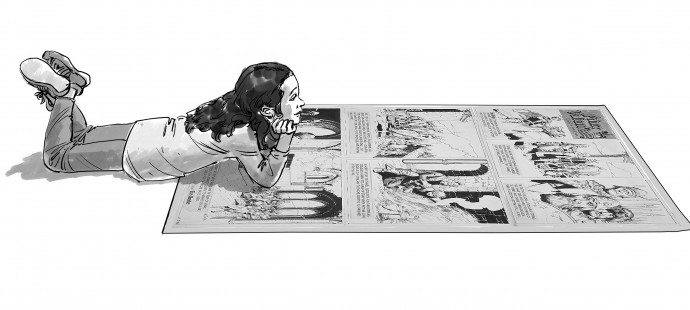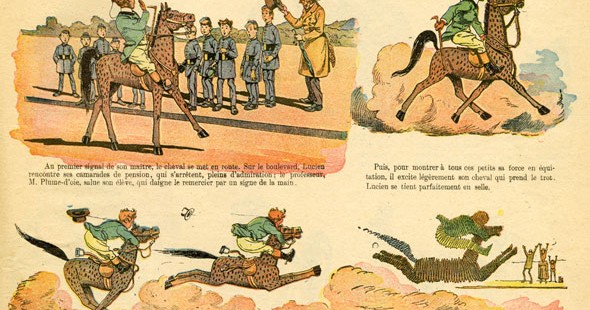
Chi è il Martagone ?
Chi è il Martagone ? Il nome dato al Marsupilami dal Corriere dei Piccoli nel 1964. Marsupilami è un personaggio immaginario ideato da André Franquin nel 1952. Ha esordito in ...

Chi è il Martagone ? Il nome dato al Marsupilami dal Corriere dei Piccoli nel 1964. Marsupilami è un personaggio immaginario ideato da André Franquin nel 1952. Ha esordito in ...

Spider-Man 60th anniversary Italian Nel nostro piccolo anche noi abbiamo celebrato il tessiragnatele. SuperGulp! Fumetti in TV è stato un programma televisivo dedicato al mondo dei fumetti trasmesso dalla RAI ...

Visions are worth fighting for. Outisfumetti quotes

My Prince Valiant I remember that, at the age of 7 or 8 years old, we were living in a friend’s house in Burbank. I can still recall the nice ...

Before Little Nemo: le petit Lucien Little Nemo et le petit Lucien. La planche ci-dessus est l’une des premières de l’« Imagerie artistique » publiées par la maison Quantin. « Un ...